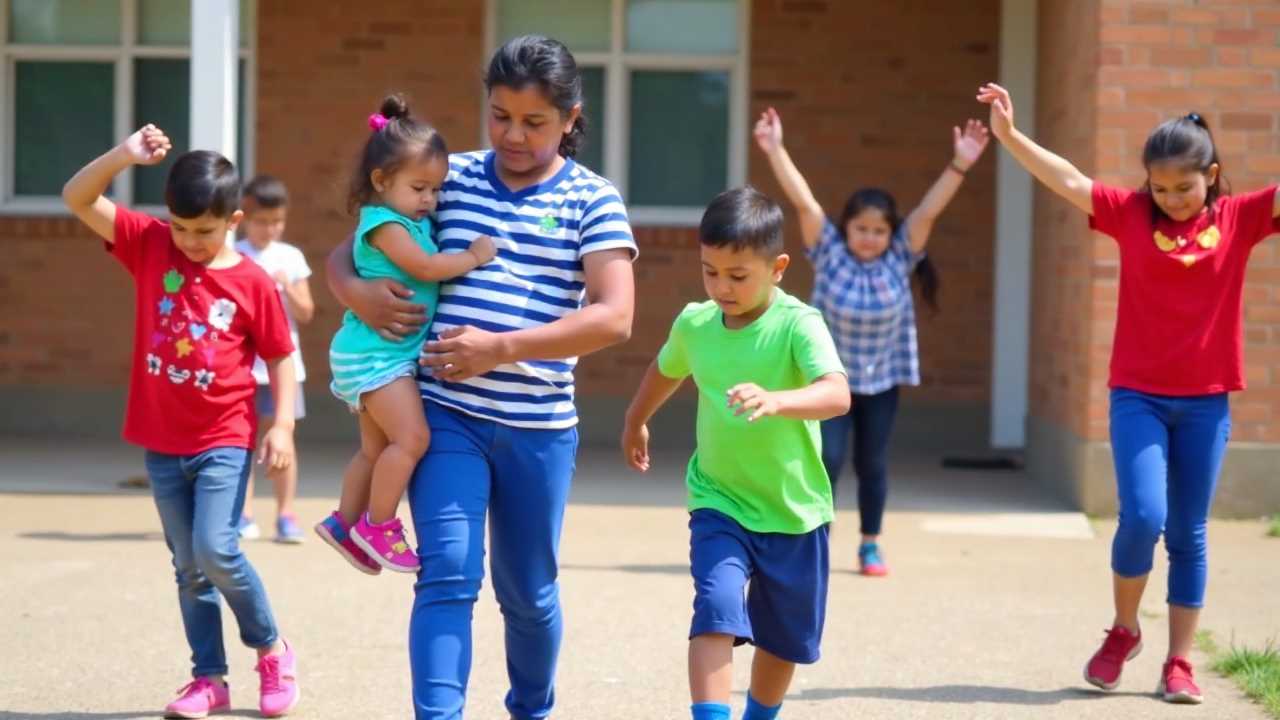
Understanding Sensory Art Activities for Special Needs Kids
Sensory art activities are a powerful tool for fostering creative expression and tactile exploration among special needs kids. These activities engage multiple senses, allowing children to experience art in a way that is both enjoyable and beneficial to their development. By incorporating various sensory materials, we can create an environment where children feel safe to express themselves freely and explore their creativity.
Art is not just about visual aesthetics; it is a multifaceted experience that can stimulate the mind and body. For special needs children, sensory art activities can provide essential opportunities for visual stimulation, helping them to connect with their surroundings and express their emotions through creative means.
Benefits of Sensory Art Activities
Engaging in sensory art activities offers numerous benefits for special needs kids. These activities can enhance fine motor skills, improve hand-eye coordination, and foster social interaction. Here are some key advantages:
1. Creative Expression: Art allows children to express their thoughts and feelings in a non-verbal manner, which can be particularly beneficial for those who struggle with communication.
2. Tactile Exploration: Using different textures and materials helps children develop their sensory processing skills. This tactile exploration can be calming and therapeutic.
3. Visual Stimulation: Bright colors and varied shapes can capture children's attention, encouraging them to engage with their environment and stimulating their visual senses.
4. Interactive Projects: Collaborative art projects promote teamwork and communication among peers, fostering a sense of community and belonging.
5. Imaginative Play: Sensory art activities encourage imaginative thinking, allowing children to create their own narratives and explore their creativity without limitations.
Creative Sensory Art Activities
Here are some engaging sensory art activities that can ignite creative expression and encourage tactile exploration:
1. Sensory Collage
Create a sensory collage using various materials such as fabric, paper, buttons, and natural elements like leaves and flowers. Encourage children to explore the textures and colors of each item as they assemble their collage. This activity promotes tactile exploration and allows for personal expression through the selection of materials.
2. Paint with Nature
Take children outdoors to collect natural materials like leaves, flowers, and twigs. Use these items as brushes or stamps to create unique paintings. This activity not only provides visual stimulation but also connects children with nature, enhancing their sensory experience.
3. Sensory Bins
Create sensory bins filled with different materials such as rice, beans, or sand. Add small toys or art supplies for children to discover and incorporate into their play. Sensory bins encourage interactive projects and allow for open-ended exploration, fostering creativity and imaginative play.
4. Textured Painting
Introduce children to textured painting by adding materials like sand, fabric, or foam to their paint. This activity encourages tactile exploration and allows children to experience art in a new way. They can create textured masterpieces while developing their fine motor skills.
5. DIY Sensory Play Dough
Make homemade sensory play dough using flour, water, and food coloring. Add scents like vanilla or lavender for an added sensory experience. Children can mold and shape the dough, promoting creative expression and fine motor development.
Incorporating Visual Stimulation into Art Projects
Visual stimulation is a critical aspect of sensory art activities. By incorporating bright colors and varied shapes, we can create an engaging environment that captures children's attention. Here are some tips for enhancing visual stimulation in art projects:
- Use a variety of colors: Encourage children to experiment with different color combinations and explore how colors interact with one another.
- Incorporate light: Use materials that reflect light, such as glitter or foil, to create visually stimulating art pieces.
- Create dynamic compositions: Encourage children to arrange their materials in unique ways, promoting visual interest and encouraging them to think creatively.
Fostering Imaginative Play through Art
Imaginative play is a vital component of childhood development. Sensory art activities provide an excellent platform for children to engage in imaginative play. Here are some ways to foster this creativity:
- Encourage storytelling: As children create their art, prompt them to tell stories about their creations. This encourages them to think critically and develop narrative skills.
- Use role-playing: Incorporate role-playing into art activities by allowing children to act out scenarios related to their artwork. This can enhance their imaginative play and deepen their engagement with the project.
- Provide open-ended materials: Offer a variety of materials that can be used in multiple ways, allowing children to explore their creativity without restrictions.
Sensory art activities are an invaluable resource for promoting creative expression, tactile exploration, and visual stimulation among special needs kids. By engaging in interactive projects and imaginative play, children can develop essential skills while enjoying the therapeutic benefits of art. Incorporating diverse sensory materials into these activities allows for a rich and engaging experience that fosters creativity and personal expression. By embracing the power of sensory art, we can create a nurturing environment where every child has the opportunity to thrive.
 Kids Art ProjectsParty PlanningPaper CraftsOrigami for KidsPrivacy PolicyTerms And Conditions
Kids Art ProjectsParty PlanningPaper CraftsOrigami for KidsPrivacy PolicyTerms And Conditions
